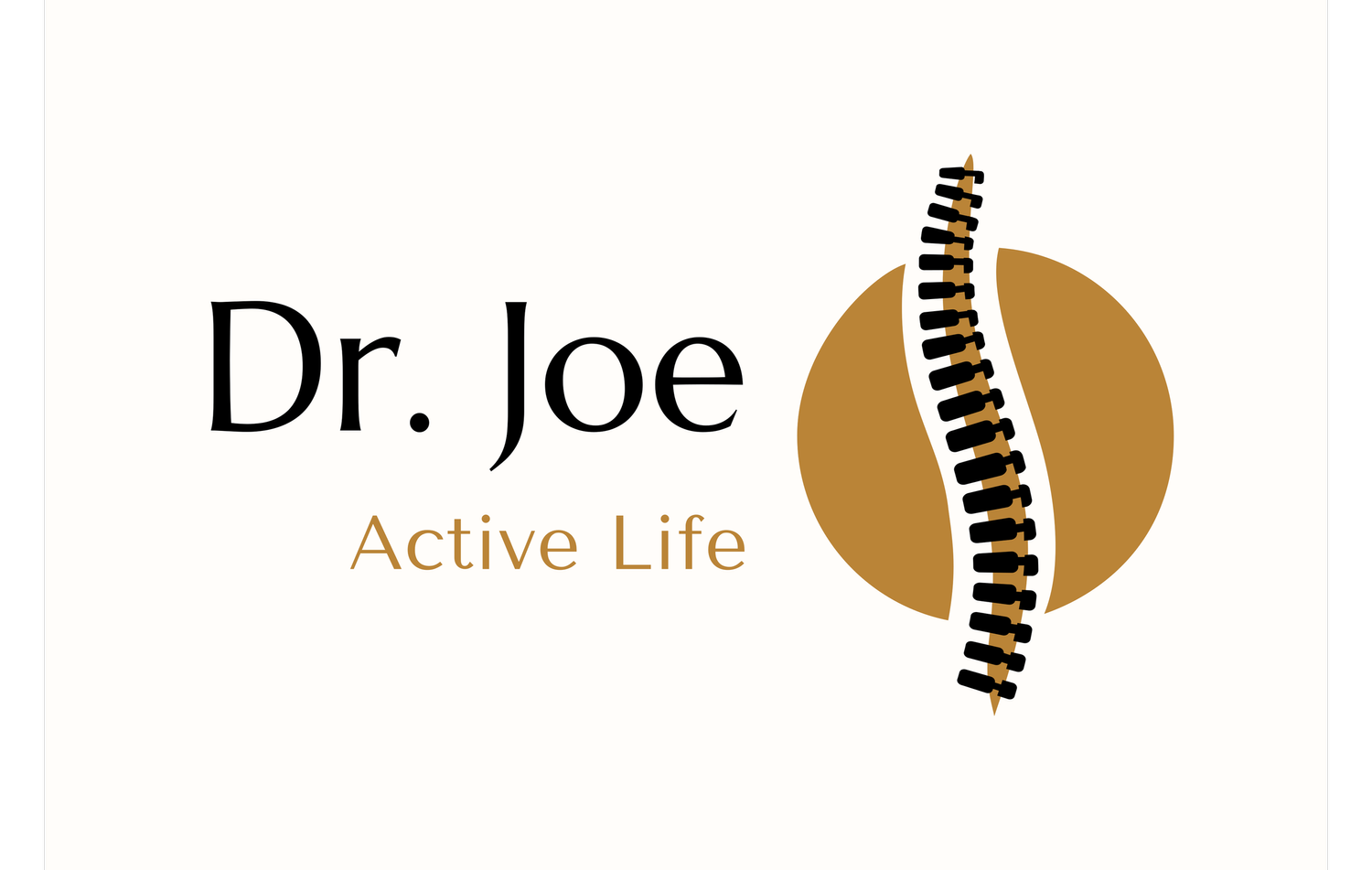Proprioception and Balance: Training Your Body to Protect Your Spine
A healthy body isn't just about strong muscles; it's about the intricate communication between your brain and body. This is where proprioception and balance come into play, acting as your body's internal GPS and stability system. Training these often-overlooked senses is paramount for injury prevention and overall well-being, especially when it comes to protecting your spine.
What are Proprioception and Balance?
Proprioception: This is your body's ability to sense its position, movement, and action. It's how you know where your limbs are in space without looking, and it's constantly at work as you navigate uneven surfaces, reach for an object, or simply stand upright.
Balance: This is your ability to maintain your center of gravity over your base of support. Good balance helps you stay stable and upright during daily activities, whether you're walking, climbing stairs, or shifting your weight.
Why are They Crucial for a Healthy Spine?
Every movement you make sends forces through your body, and your spine acts as a critical shock absorber. When proprioception and balance are compromised, several issues can arise that directly impact spinal health:
Increased Impact and Poor Movement Mechanics: Without keen proprioceptive feedback, you might move awkwardly, leading to increased jarring forces on your joints and spine. This can increase the risk of compression and pain in your lower back and other areas.
Compensatory Movements: If your body isn't effectively sensing its position or maintaining balance, other muscles and joints will compensate. This can lead to unnatural postures, such as an exaggerated arch in the lower back or excessive hip shifting, both of which can compress spinal tissues and stress lumbar muscles.
Reduced Stability on Uneven Surfaces: Navigating uneven terrain, slippery floors, or even just stepping off a curb demands excellent balance. A lack of this can lead to awkward landings, twists, or falls, all of which can cause acute spinal injuries or exacerbate existing issues.
Slower Reaction Time to Obstacles: Good proprioception allows for quick, subconscious adjustments to avoid obstacles. If this is sluggish, you might not react in time, leading to sudden, uncontrolled movements that can strain your spine.
Training Your Proprioception and Balance for a Healthier Spine:
Incorporating specific drills into your daily routine can significantly enhance these vital senses:
Single-Leg Stance: Simply standing on one leg for 30-60 seconds at a time. To progress, try closing your eyes or standing on an unstable surface (like a pillow or balance board).
Dynamic Balance Drills:
Walking Lunges: Focus on controlled movement and stability as you step forward.
Bird-Dogs: This core exercise also challenges balance and spinal stability by extending an arm and opposite leg.
Yoga and Pilates: These practices inherently improve body awareness, core strength, and balance through controlled movements and postures.
Controlled Movements: Practice low-impact movements like stepping up and down from a small step, or gentle hopping drills, focusing on controlled landings and body awareness.
Mindful Movement: Pay attention to how your body moves during everyday activities. For example, when walking, consciously feel your feet making contact with the ground and maintain an upright posture.
Barefoot Activities (Short Durations): Briefly walking barefoot on safe, soft surfaces can heighten foot proprioception and sensory feedback.
How Your Chiropractor Can Help:
Your chiropractor plays a crucial role in this process. They can:
Assess and Identify Imbalances: Through examination, they can pinpoint areas where your proprioception or muscle balance might be lacking, contributing to poor posture and spinal stress.
Provide Spinal Adjustments: Ensuring proper spinal alignment allows your nervous system to function optimally, enhancing the communication pathways essential for proprioception and balance.
Recommend Specific Exercises: They can guide you on targeted exercises and drills to improve your proprioception and balance, tailoring programs to your individual needs and goals.
Educate on Body Mechanics: They can help you understand how your movement patterns impact your spine and how improved body awareness can lead to more efficient and pain-free movement in daily life.
By emphasizing proprioception and balance, you empower yourself to not only enhance your physical capabilities but, more importantly, to proactively protect your spine, ensuring a longer, healthier, and more enjoyable life.

